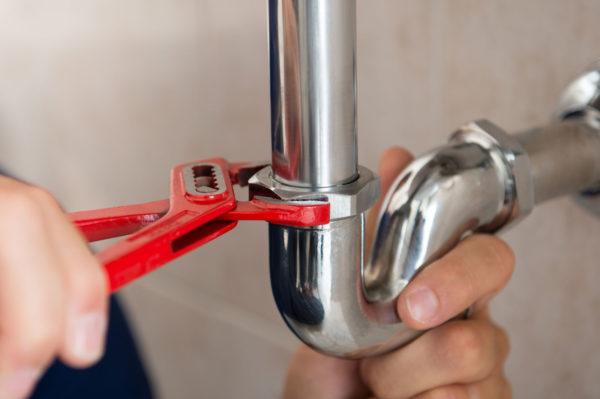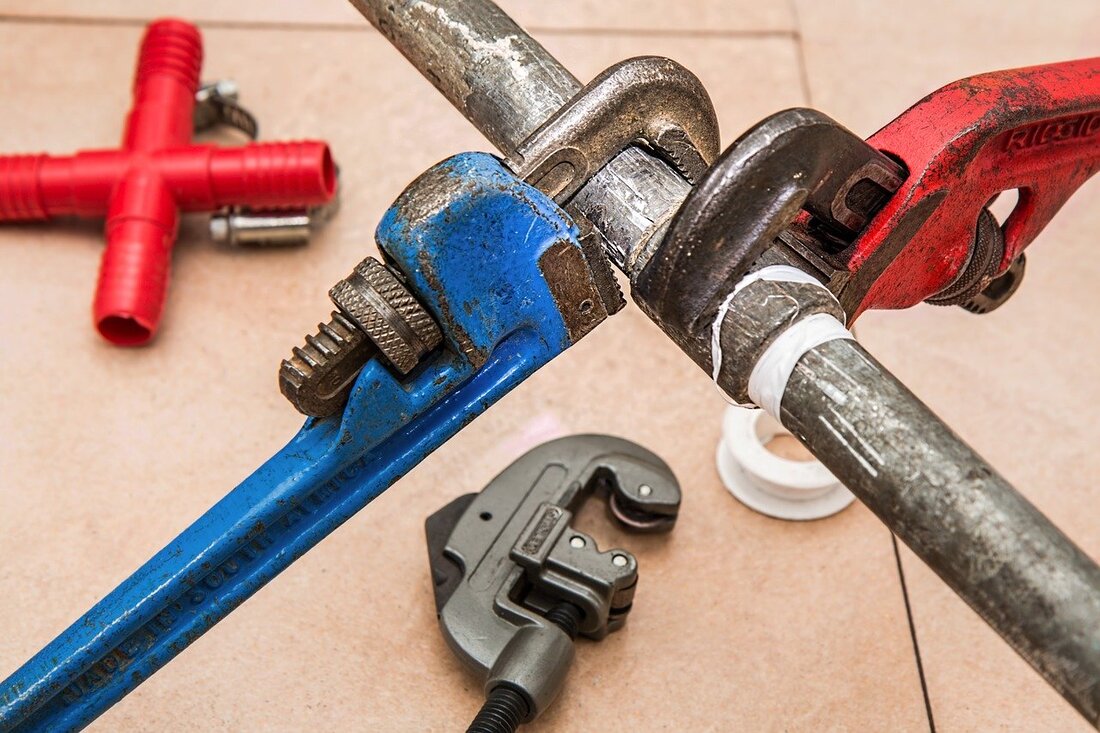We've found this great article relating to How Does the Plumbing Work in Your Home? down the page on the internet and reckoned it made good sense to relate it with you on my blog.

Plumbing is an important aspect of any home, in charge of providing clean water for alcohol consumption, food preparation, and showering, as well as eliminating wastewater safely. Comprehending the fundamentals of home plumbing is vital for every homeowner to make certain correct maintenance, troubleshooting, and, if necessary, fixings. In this novice's guide, we'll cover the basic ideas of home plumbing to help you come to be a lot more acquainted with how it functions.
Supply Of Water System
The water supply system brings tidy water into your home from a local water source or a personal well. It consists of a major water line that links to your home's plumbing system, generally located underground. A water meter gauges the amount of water eaten, while a shut-off valve enables you to regulate the flow of water right into your home.
Plumbing Components
Plumbing fixtures are gadgets that provide water to various parts of your home and consist of sinks, taps, toilets, showers, tubs, and home appliances such as dish washers and cleaning devices. Each component is attached to the water system through pipelines and fittings and might have its shut-off shutoff for maintenance or emergency situations.
Water Heating System
The water heater is responsible for heating water for residential use, including showering, food preparation, and cleaning. Typical sorts of water heaters include tank-type water heaters, tankless (on-demand) hot water heater, and heatpump water heaters. The water heater is linked to the water system and delivers hot water to plumbing components as required.
Drain System
The water drainage system gets rid of wastewater from your home and carries it away to a sewer treatment facility or septic tank. It consists of a network of pipelines, installations, and components that transfer wastewater from plumbing fixtures to the primary sewage system line or septic system. Correct drainage is necessary to avoid blockages, back-ups, and sewer leaks.
Ventilation System
The ventilation system assists preserve appropriate atmospheric pressure and prevent drain gases from entering your home. Air vent pipes, likewise referred to as vent stacks, extend from plumbing fixtures to the roofing system, allowing sewer gases to escape safely outdoors. Air flow pipelines likewise enable air to go into the drainage system, helping with smooth wastewater flow and preventing suction or vacuum results.
Usual Plumbing Devices
Having the right tools available is important for performing basic plumbing repairs and upkeep jobs. Typical plumbing tools consist of flexible wrenches, pipe wrenches, pliers, pipe cutters, hacksaws, bettors, augers (or drain serpents), and Teflon tape. Having these devices easily available can aid you take on minor plumbing issues successfully.
Fundamental Plumbing Repair Work
While some plumbing repairs might need professional aid, lots of common concerns can be attended to with basic do it yourself techniques. Learning exactly how to repair a dripping faucet, unclog a drainpipe, replace a toilet flapper, or fix a dripping showerhead can conserve you time and money on plumbing fixings.
Final thought
Comprehending the basics of home plumbing is important for every homeowner to maintain a safe, functional, and effective plumbing system. By acquainting on your own with the supply of water system, plumbing fixtures, drain system, air flow system, common plumbing tools, and fundamental repair work, you can with confidence resolve minor plumbing concerns and ensure your home's plumbing system runs smoothly.
Plumbing for Beginners: A Comprehensive Guide
If you’re a beginner when it comes to plumbing, don’t worry; you’re not alone. Plumbing may seem intimidating, but with the right knowledge and a little practice, you can handle many common plumbing issues on your own. In this comprehensive guide, we will demystify the world of plumbing for beginners, providing you with the basic knowledge and skills needed to tackle common plumbing problems and even take on some DIY plumbing projects.
The Importance of Basic Plumbing Knowledge for Beginners:
First and foremost, basic plumbing knowledge gives you a solid foundation. It helps you grasp the key concepts and terminology that are essential in this field. By learning the basics, you’ll be able to build upon that knowledge and tackle more complex plumbing tasks in the future.
Having a basic understanding of plumbing also enables you to handle common issues that may arise in your home. Picture this: a leaky faucet or a clogged drain. With some basic plumbing knowledge, you’ll have the confidence to troubleshoot and fix these problems on your own. It saves you from unnecessary expenses and the hassle of waiting for a professional to arrive.
As a beginner, learning the basics of plumbing empowers you to take care of your own home. It gives you a sense of independence and self-reliance. You’ll no longer have to rely solely on professionals for every small issue that pops up. Instead, you can handle many tasks yourself, saving time and money in the process.
Remember, everyone starts as a beginner. Embrace the learning process and take small steps to expand your plumbing knowledge. There are plenty of online resources, tutorials, and even local workshops that talk about plumbing for beginners.
Essential Tools for Plumbing for Beginners
As you start your plumbing journey, having the right tools in your toolbox is crucial. Let’s explore some of the must-have tools:
Adjustable Wrench:
This versatile tool is a staple in any plumber’s toolbox. It allows you to tighten or loosen nuts and bolts of various sizes. Make sure to have an adjustable wrench with a comfortable grip.
Pipe Wrench:
A pipe wrench is specifically designed for gripping and turning pipes. It has serrated jaws that provide a strong grip, making it easier to loosen or tighten threaded pipes and fittings.
Plunger:
The plunger is a simple yet effective tool for clearing clogged drains and toilets. It creates suction when you push and pull, helping to dislodge blockages. Keep a good-quality plunger handy for those unexpected clogs.
Pipe Cutter:
When it comes to cutting pipes, a pipe cutter is your go-to tool. It creates clean, precise cuts without damaging the pipe. Look for a pipe cutter that can handle the pipe sizes you’re working with.
Hacksaw:
A hacksaw is useful for cutting through pipes, screws, and other materials. It’s a versatile tool that can handle different cutting tasks. Remember to use a blade suitable for cutting metal.
Tape Measure:
Accurate measurements are crucial in plumbing. A tape measure allows you to measure pipe lengths, distances, and dimensions accurately. Opt for a sturdy tape measure that extends a good length.
Pliers:
Pliers come in handy for various tasks, such as gripping, bending, and cutting. Slip-joint pliers with adjustable jaws are great for gripping pipes, nuts, and bolts.

Do you really like reading up on How Does the Plumbing Work in Your Home?? Give a remark down below. We would be pleased to know your opinions about this page. We hope that you visit us again soon. So long as you enjoyed reading our article plz make sure you remember to share it. We appreciate your readership.
Call